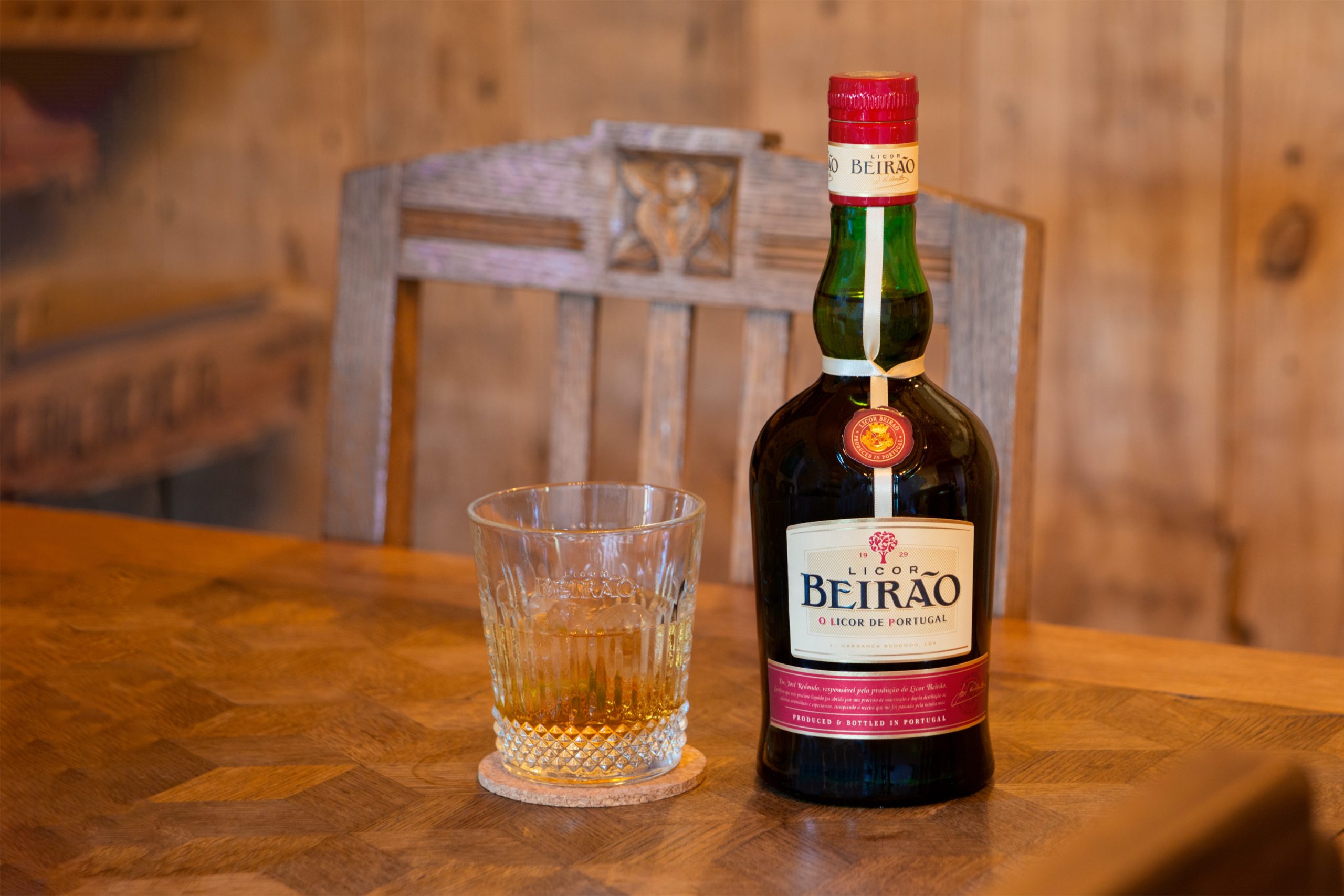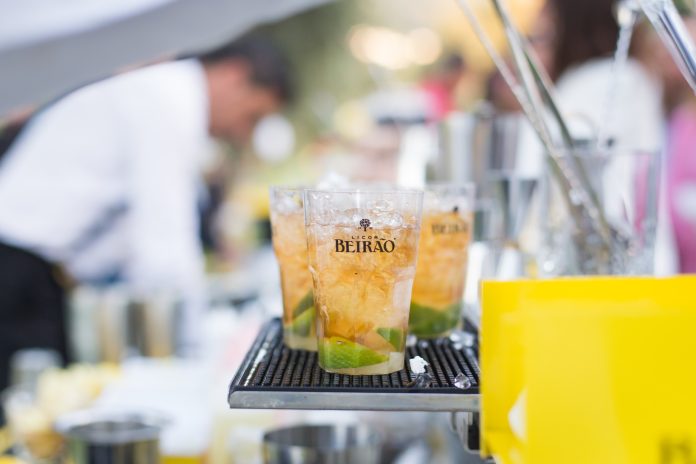When we think of a Portuguese dish, a lot of us can’t help but think of what wine to pair it with. However, Portugal is home to a wider range of different alcoholic drinks that are enjoyed during meals, desserts, or even just as an afternoon treat.
From the famous Port Wine to lesser-known gems like Ginjinha and Licor Beirão, there is something for every taste bud. Let’s take a look at our favorite 7 Portuguese drinks, their origins, and how they are enjoyed today.
1. Ginjinha
Ginjinha, also known as Ginja, is a delightful liquor crafted from the small but mighty Ginja berries, which are commonly referred to as sour cherries or by their scientific name, Prunus cerasus.
To create Ginjinha, sour cherries are infused with alcohol, typically a potent spirit called aguardente, along with sugar and other secret ingredients. The end result is a luscious ruby-red drink that can be savored as both an aperitif and a digestif.
While the exact recipe for Ginjinha remains a closely guarded secret, many enthusiasts attempt to create their own versions, particularly in regions where it’s most renowned, such as Lisbon, Óbidos, Alcobaça, Covilhã, Marvão, and the Algarve.
The Serra da Estrela Ginjinha, a particularly popular variety in Covilhã, boasts a protected designation of origin status. One of our favorite places to try Ginjinha is in Óbidos, where the drink is served in a small chocolate cup you can eat after.
Around 150.000 liters of Ginjinha are produced every year, with around 90% being consumed in Portugal and the rest being exported, mainly to the US.
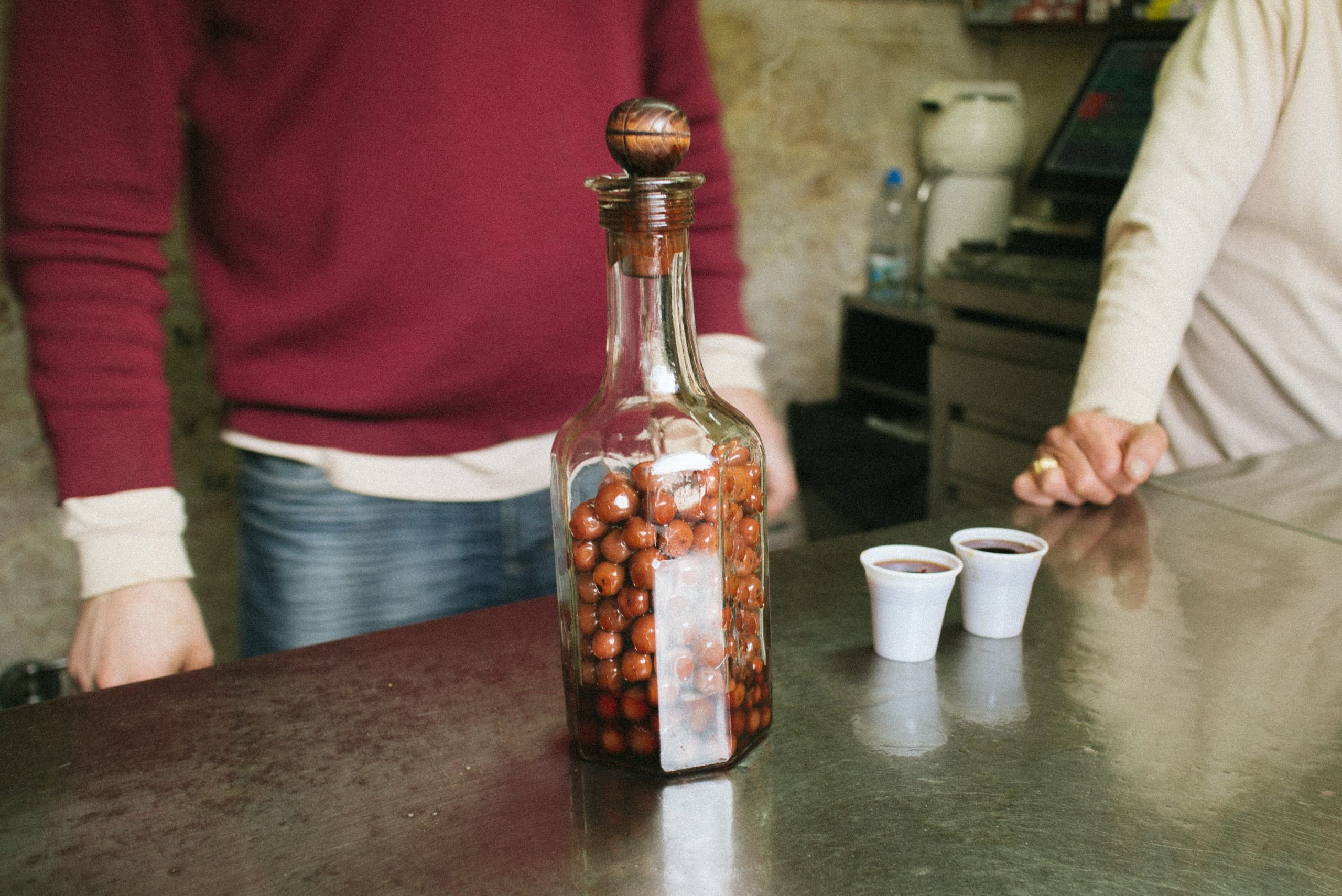
2. Port Wine
Port wine is a specialty of the Douro region located in the northern part of Portugal, and it’s the beverage that made this region a household name. This type of wine is fortified, meaning that it’s blended with brandy or another type of spirit to increase its alcohol content. Port wine comes in different varieties, typically sweet red, but also available in dry, semi-dry, white, and even rosé.
While many wines inspired by Port exist outside of Portugal, only wines produced in the Douro demarcation region can be labeled as “Port” under EU law. This regulation is meant to safeguard the traditional and economic significance of this wine.
The distinctiveness of Port wine arises from its full-bodied sweetness, thickness, and higher alcohol content, typically around 19-20%, which comes from the addition of distilled grape spirits during the winemaking process.
Fermentation is halted before all the sugar has converted into alcohol, resulting in a wine that’s more intense in flavor and alcohol.
Port wine is commonly served as a digestif, that is, after dinner, paired with dessert items like cheese, nuts, or chocolate. However, tawny and white Port is often served as an apéritif, meaning before meals.
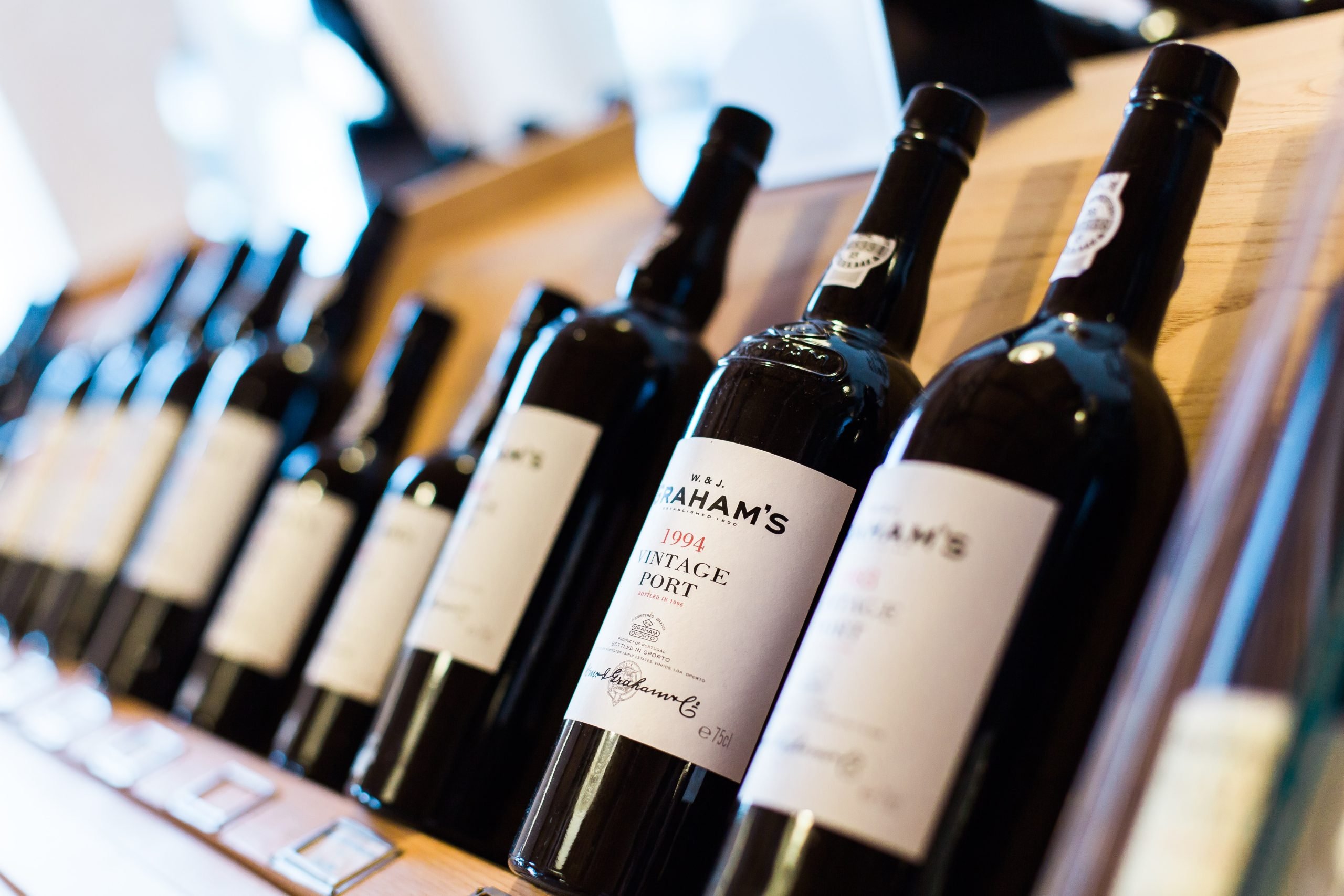
Bruno Martins (Unsplash)
Port Wine Tours
- Graham’s Port Lodge Tour with Wine Tasting & Pairings
- Guided Tour of Pocas Port Wine Cellar with Tasting
- Magic Train Tour and Port Wine Tastings
3. Vinho Verde
Vinho Verde, which translates to “Green Wine,” is a celebrated wine variety from Portugal’s northwest region and one of the country’s most prominent wines.
Despite its name, “Green Wine” doesn’t refer to the wine’s color, but rather to the fact that it is young and not yet fully matured. Typically consumed within 3-6 months of harvesting, the word “verde” refers to the wine’s youthfulness.
Vinho Verde is a DOC wine, meaning that the region where it is produced is protected and can only produce this specific variety.
In Portugal, Vinho Verde is well-known and reasonably priced. It is a naturally light and fresh wine with a fruity taste, and one of its most distinctive characteristics is its slight effervescence, although it is not officially classified as a sparkling or semi-sparkling wine.
Vinho Verde comes in white, red, rosé, and even aguardente and vinegar varieties, providing an array of options for wine enthusiasts.

Vinho Verde Tours
- 4×4 Wine Tour at Quinta de Santa Cristina Vinho Verde Wine Estate
- Wine Tour of the Vinho Verde Region from Porto Including Lunch
- Vinho Verde Premium Wine Tour
4. Poncha
Madeira is known for its traditional drink, the Poncha, an alcoholic drink made with Aguardente de Cana (sugar cane spirit), honey, sugar, and freshly squeezed lemon juice. Poncha is typically served in a small glass and is a favorite among locals and tourists.
Legend has it that the drink was first created by fishermen as a remedy to combat the cold weather and seasickness. Now, it’s a staple drink in Madeira and can be found in almost every bar and restaurant on the island.
The drink is usually made by mixing the honey and sugar together and then adding the freshly squeezed lemon juice. Once the mixture has cooled down, it’s then mixed with the Aguardente de Cana until it reaches the desired consistency. The drink is typically served with a cinnamon stick and can be enjoyed as a warm or cold drink.
The drink has even been given a protected designation of origin status, which means that only drinks made on the island of Madeira can officially be called Poncha.
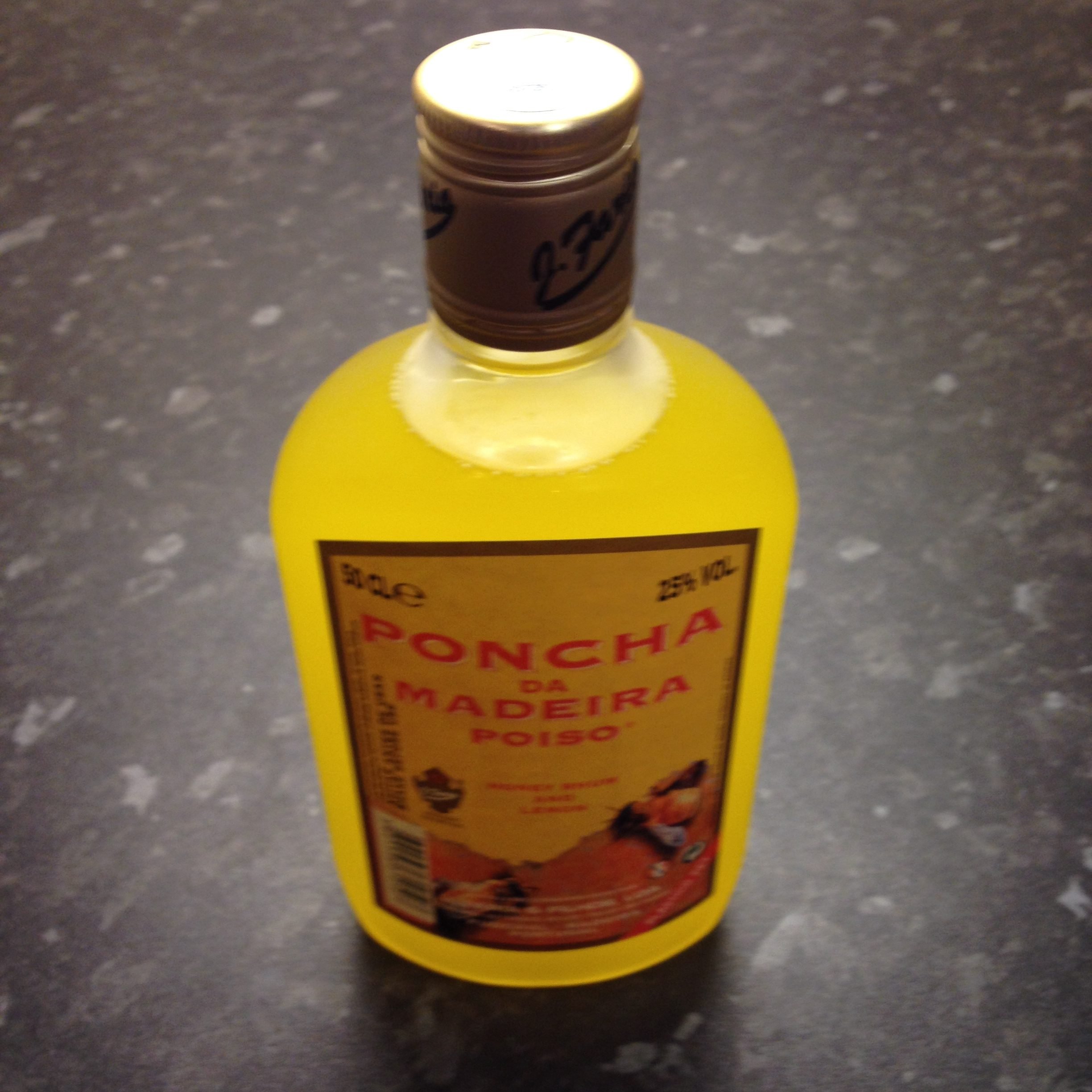
5. Aguardente
One of the strongest Portuguese drinks, aguardente is a type of distilled spirit that is made by fermenting fruits, grains, or other materials, and then distilling the resulting liquid to produce a high-alcohol content spirit.
In Portugal, the most common type of aguardente is made from sugar cane, and is known as Aguardente de Cana. This spirit has a strong, distinct flavor, and is used to make other drinks, like Poncha.
Portuguese people believe that the high alcohol content of aguardente helps to stimulate the digestive system after food and can also act as a natural antiseptic.
Aguardente is also used in the production of many traditional Portuguese dishes and desserts. For example, it’s often used to flambe dishes, such as steak or seafood, and is also used in the preparation of many cakes and pastries.
6. Moscatel
Featuring a unique floral aroma, the Moscatel is a type of fortified wine that is made from the muscat grape, which is known for its distinct and sweet flavor. This wine is produced using a special technique that involves adding brandy or other spirits to the wine during fermentation.
The result is sweet, fruity, and often has a slightly nutty flavor. It’s typically served as a dessert wine and pairs well with a variety of desserts, such as cakes, and creamy desserts. However, more recently, the Portuguese are drinking it as a digestif without paring it with dessert.
In Portugal, the most famous variety of Moscatel is produced in the Setúbal region, which is located south of Lisbon. This wine is known as Moscatel de Setúbal, and is made from a blend of different muscat grape varieties. This is widely regarded as the authentic Moscatel.
7. Licor Beirão
Last but not least, Licor Beirão is a traditional Portuguese liqueur that has been produced for over a century. It’s made using a secret recipe that combines natural herbs, spices, and citrus fruits to create a unique and complex flavor.
The liqueur is named after the Beira region, which is located in central Portugal, where it was first created. Licor Beirāo is usually consumed after a meal or even added to cocktails.
It has a sweet and slightly herbal taste, with hints of cinnamon, anise, and orange peel. It’s also known for its smooth and silky texture, which is achieved through a careful blending process.
In recent years, Licor Beirão has gained popularity beyond Portugal’s borders and is now exported to over 40 countries around the world.
